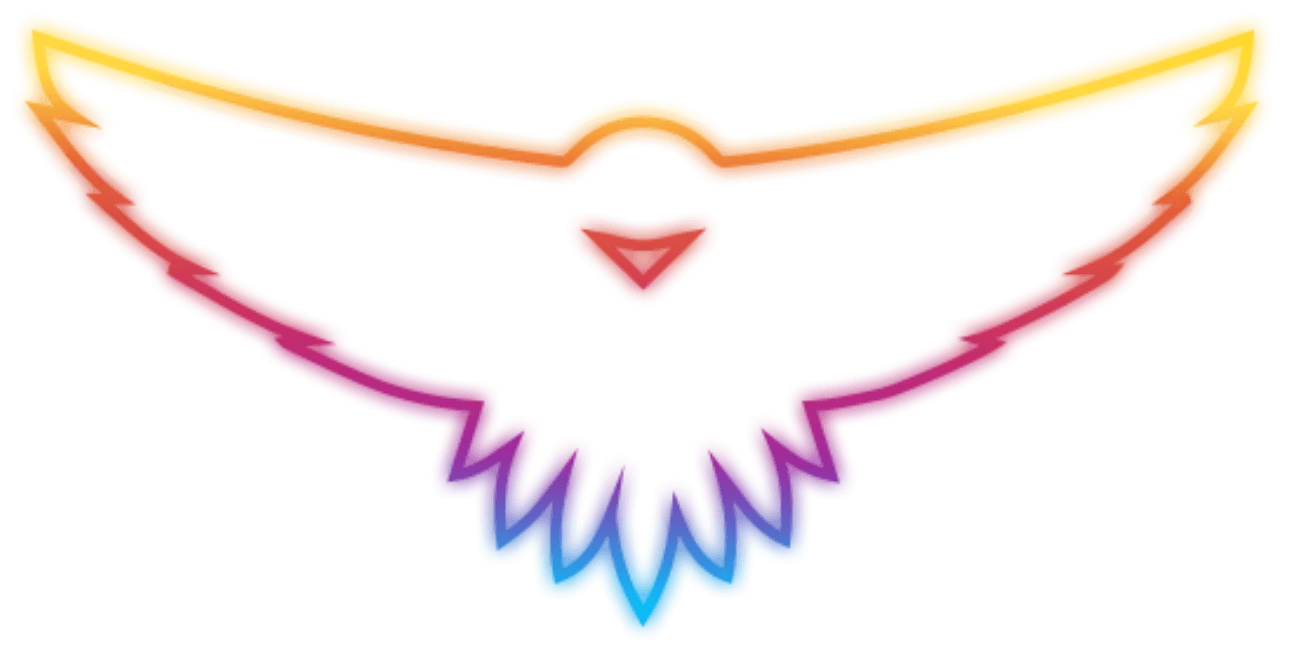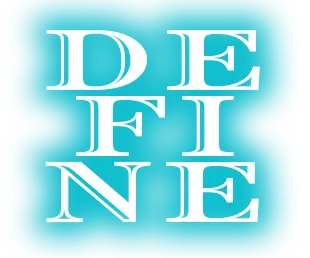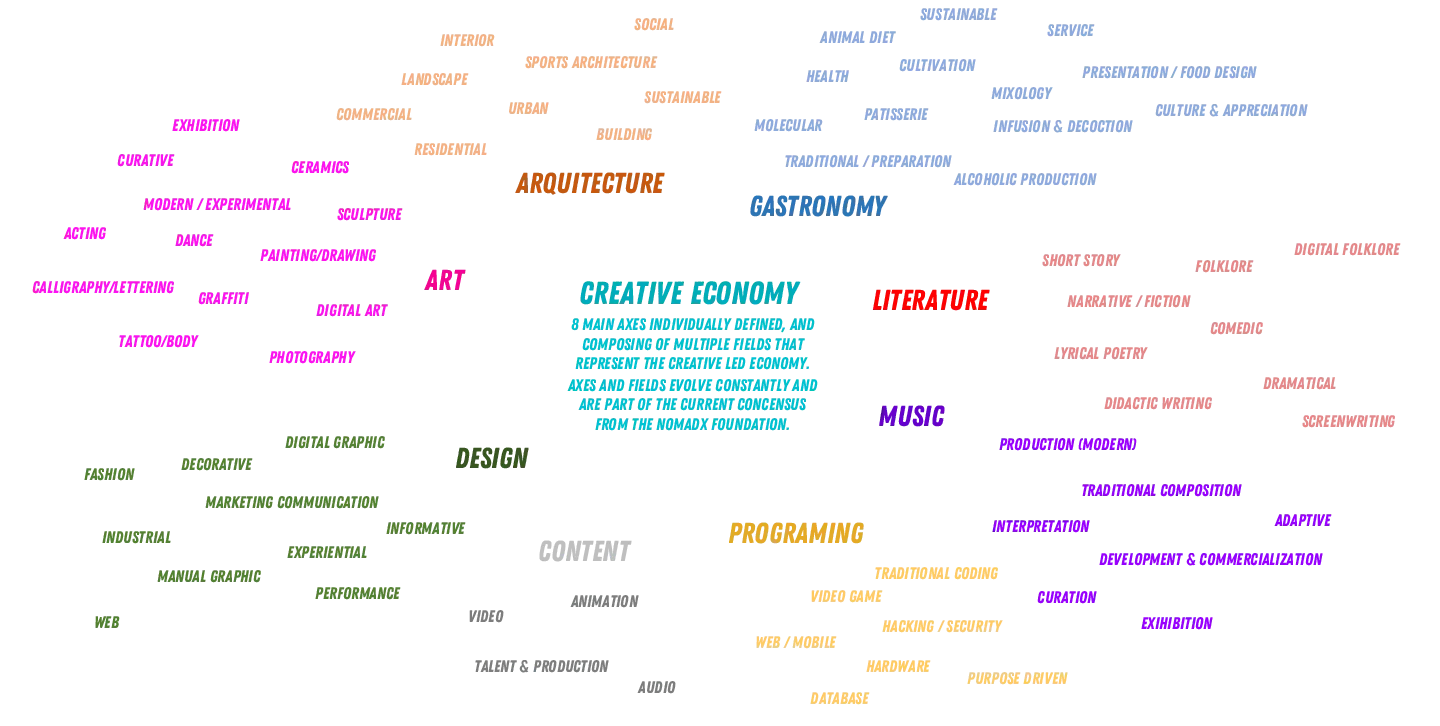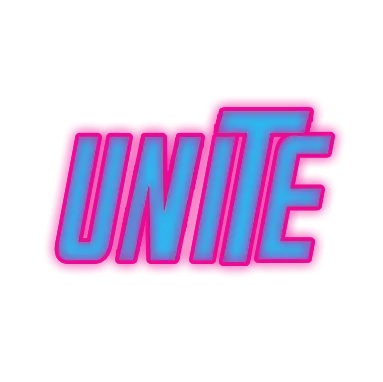DEFINE
Have you noticed that no two people have the same definition of what the creative economy is?
Do you know definitions of creative practices change depending on the school, country, author, or even city/state?
One of the major issues surrounding the creative economy is the lack of standardized definitions; this is the first issue surrounding the problems the creative economy faces. The creative economy deals in ideas, in intellectual capital; The problem is not that today's capitalistic model does not respect intellectual capital. There are many examples of respected intellectual capital and how that capital is transformed into time and work. Doctors, Lawyers, Plumbers, and Electricians are all examples of valued, paid, and respected intellectual capital.
Have you ever not paid a doctor because of a prognosis you didn't like or agree with?
Have you ever not paid a lawyer or CPA, even if you didn't agree with them?
The answer is, most likely, NO!
But why is it so common for people not to pay agreed-upon prices to designers, chefs, writers, photographers, and painters?
Why is it ok to ask a musician to play for free or a designer to create a logo for "exposure"?
The problem is a general lack of respect and understanding for creative intellectual capital.
We take a collaborative approach and, utilizing clear language, define the creative economy.
This helps to place all axes and fields under one umbrella; this also foments belonging and community. These definitions are organic and change with the times, trends, culture, and, most importantly, technology.
The first step to defining anything is standardizing definitions.
The first step to costing or pricing anything is defined as benchmarking.
To solve any problem, variables need to be clear, understood, and agreed upon so creative entrepreneurs can benchmark and justify their pricing.
"It's always easier to take advantage of those who do not understand themselves."
-Daniel Osuna. Founder Nomadx Foundation
ART
Acting, dance, photography, graffiti, tattoo, and painting are some expressions of this first pillar of the creative economy. Art is expression put into, typically, visual representation. Art is imagination, incarnate, with no distinct purpose but to communicate or move human emotion. Artists are marked by the amorphic, non-linear approach to decoding emotion and messaging; they utilize and analyze every aspect of humanity and its limits and thrive with new technology and mediums of communication.
In creative entrepreneurship, Art’s expressionistic nature is converted into products that can be sold or contracted, which is the fundamental difference between the artist who merely wants to express something and the creative entrepreneur who creates artistic products for commerce.
ARCHITECTURE
Architecture is the practice and business of the design, planning, and building applied to structures and environments, both aesthetically and functionally. The architect is the planner and designer of the structure, inner workings, experiences, furnishings, and/or environmental effects of a given structure or space. It encompasses various styles and periods and the practical and theoretical aspects of design and building. Architecture involves the planning and designing of spaces, both inside and outside of buildings, and the use of a variety of materials and construction techniques. It also considers aspects such as accessibility, sustainability, and the cultural and historical context in which a building is being constructed. In essence, architecture is the art and science of designing and creating structures that serve a practical purpose while inspiring and influencing the people who use and experience them.
Content refers to any purely nonmusical audio, visual, or audio-visual product that is generated with the purpose of entertainment, orientation, persuasion, motivation, or transmission of a message through traditional media or other technological mediums. Content’s purpose is usually clear and generally follows some established set of rules, narrative, or mission. The word “content” comes from the function of a container; thus, content usually has several parts that are put into a metaphorical “container” as one product. There can be audio, tracks, video, scripts, and purposeful dynamics.
Content has taken in many traditional creative practices like film and television. It has grouped them with many other production practices like digital shorts and vertical videos because of the dynamic nature of the mediums and formats of consumption.
CONTENT
DESIGN
Design is the purpose, plan, and specific proposal of how something should be for a specific goal or task. Be it for aesthetic, functional, or ergonomic reasons. Design creates before the fabrication of an object, space, message, experience, or product. It involves making decisions about form, function, and aesthetics, as well as the choice of materials, colors, and other visual elements.
Design can complement various fields, including architecture, engineering, and product design, among others. In each field, design is used to solve problems and create functional, sometimes visually appealing, and often innovative solutions. Design often involves collaboration, research, and iteration, to create something functional and aesthetically pleasing to the intended audience. Design is conceived around functionality and purpose, the fundamental difference between Art and Design.
The creative entrepreneur that focuses on gastronomy creates, applies, and defines all that is in relation to the preparation, development, and experience of foods and beverages, including their history, cultural significance, and culinary techniques. It encompasses the entire experience of dining, including the selection, preparation, and presentation of food, as well as the social and cultural context in which food is consumed. Gastronomy involves an understanding of the ingredients, flavors, and nutrition of different foods, as well as the history, traditions, and techniques associated with different cuisines. It also encompasses the sensory aspects of dining, such as taste, smell, and texture, and how these elements combine to create a complete dining experience. Gastronomy is a multidisciplinary field that draws on knowledge from various areas, including culinary arts, food science, nutrition, sociology, and cultural studies.
This type of creative entrepreneur doesn’t only create a product but, on many occasions, serves as a catalyst that transforms an already existing food product or food process. These products become more than nourishment but experience-driven vehicles that take the consumer to designed and purpose-filled journeys.
GASTRONOMY
Literature is considered an artistic expression that is based on written language. Still, the definition may be broadened by the argument that it is any use of words portrayed and organized to communicate a message or emotion. It encompasses many traditional genres, including fiction, poetry, drama, and non-fiction, and can be expressed in various styles, forms, and structures. Literature often reflects and comments on society, human behavior, and the human condition and can be used to entertain, educate, or challenge its readers. Literature has been a central aspect of human culture for thousands of years and plays an important role in shaping our thoughts, feelings, and beliefs.
Literature, in terms of creative entrepreneurship, is the use of language in the execution of a creative product. Literature mixes the conceptual aspect of art and the objectivity of design (purpose) into a product constructed through written language. Literature can be experienced through reading, performance, or other forms of interpretation or adaptation.
LITERATURE
MUSIC
The definition of music, in its most basic form, is the organization of sounds and silences. The structure of silences and sounds can transmit messages, emotions, sequences, and codes. Music can be consumed in a purely leisurely manner or as an enhancement of other products or services. Music is an art form, and cultural activity, whose medium is sound. General definitions of music include common elements such as pitch (which governs melody and harmony), rhythm (and its associated concepts tempo, meter, and articulation), dynamics (loudness and softness), and the sonic qualities of timbre and texture (which are sometimes termed the "color" of a musical sound). Different styles or types of music may emphasize, de-emphasize or omit some of these elements. Music is performed with various instruments (traditional, electronic, and alternative instruments) and vocal techniques ranging from singing to rapping; there are solely instrumental pieces, solely vocal pieces (such as songs without instrumental accompaniment), and pieces that combine singing and instruments.
Programming is characterized by digital or electronic technological development by coding or writing digital instructions to achieve a goal. Programming refers to designing and coding computer software applications and systems. It involves using a programming language to write code that a computer can interpret and execute. Programming languages, such as Python, Java, C++, and others, provide a set of instructions and commands that a programmer can use to create software that performs specific tasks. Programming requires problem-solving skills, attention to detail, and a strong understanding of algorithms and data structures. The result of programming is typically a software application or system that can automate tasks, store and process data, or provide a user interface.
Programming is a creative art form as its conception and arrangement occur in the programmer’s mind, much like writing music, but with a specific purpose, like design.
PROGRAMMING
“To me, programming is the art of learning to think out solutions in many dimensions at once and to work hard to get lots of small steps right for the final result. Obviously, it applies to an approach to everything in life once you get skilled.”
– Steve Wozniak for the Nomadx Foundation



